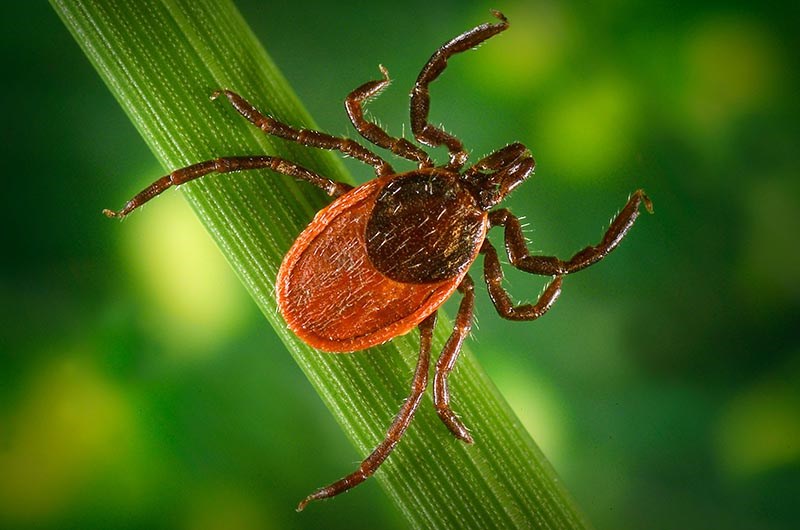Health officials are warning of a sudden increase in the type of ticks known to carry Lyme disease.
Nearly 40% of all ticks submitted or collected by Lambton Public Health this spring are blacklegged ticks, also known as deer ticks.
And for the first time a population has been confirmed in Pinery Provincial Park. Results are pending on tests done to determine if they are carrying the bacteria that cause Lyme.
"Not all blacklegged ticks carry the bacteria," said supervisor Lori Lucas. "Even if the tick is positive, the risk of getting Lyme disease is low if it is removed before 24 hours."
Symptoms of Lyme disease include fever, headache, muscle and joint pains, fatigue and a red bull's eye skin rash, occurring three to 30 days after a tick bite.
Long-term health risks include arthritic, cardiac and neurological complications.
Ticks live in wooded areas and fields and attach when a person or animal brushes against plants, bushes or tall grass.
- Journal Staff
